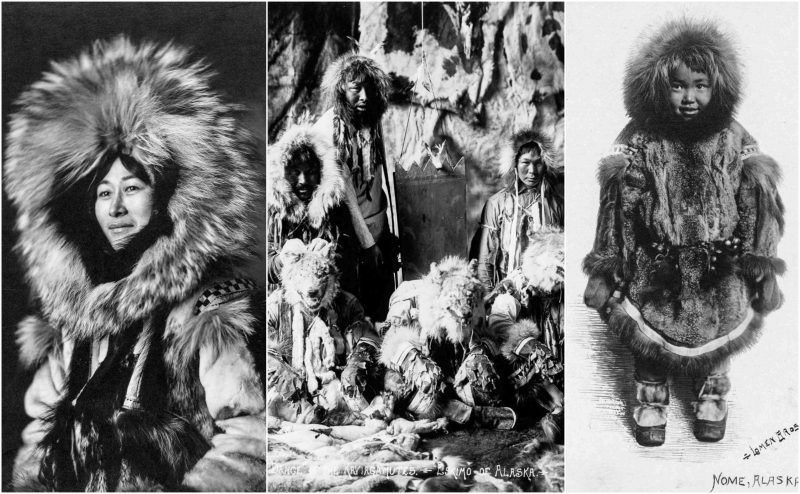The Eskimo are the indigenous peoples who have traditionally inhabited the northern circumpolar region from eastern Siberia (Russia), across Alaska (United States), Canada, and Greenland. Although the term is considered derogatory in Canada and Greenland (where the term Inuit or other more specific terms are used), it remains in use in the United States, where it does not carry negative connotations.
All photos by Library of Congress
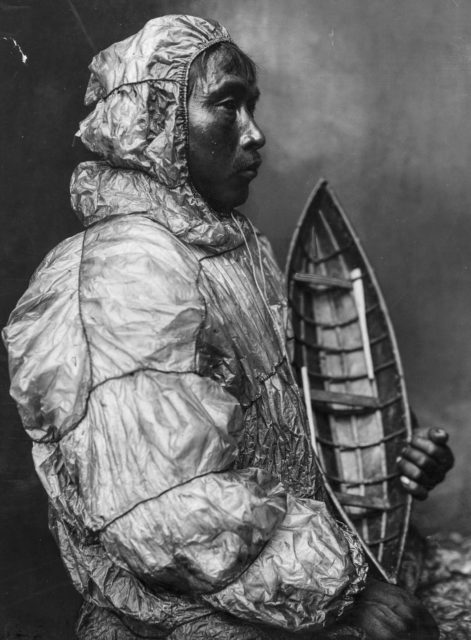
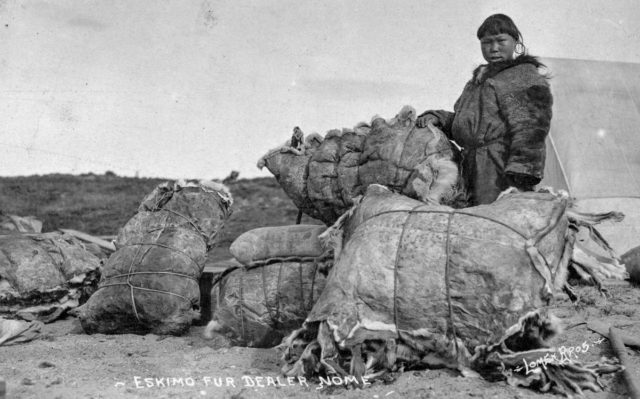
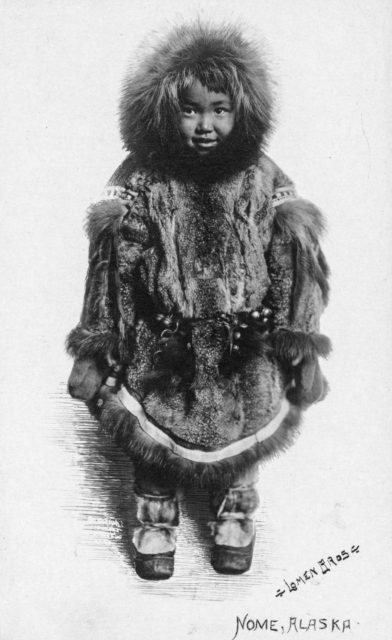
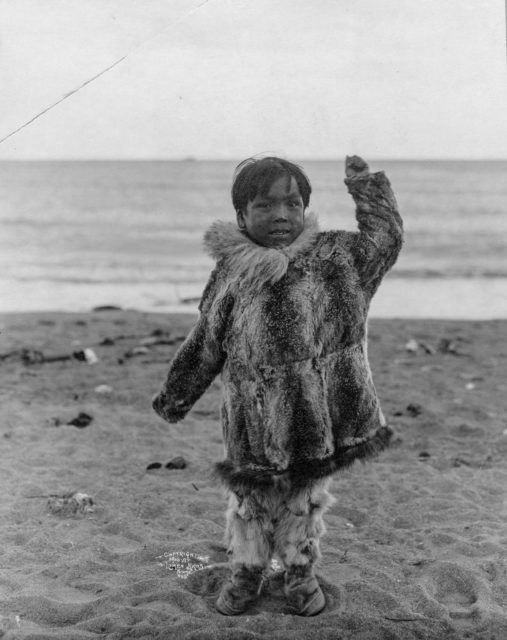
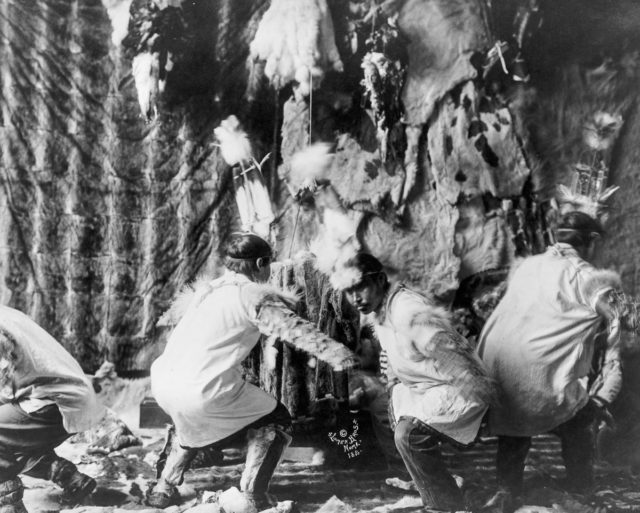
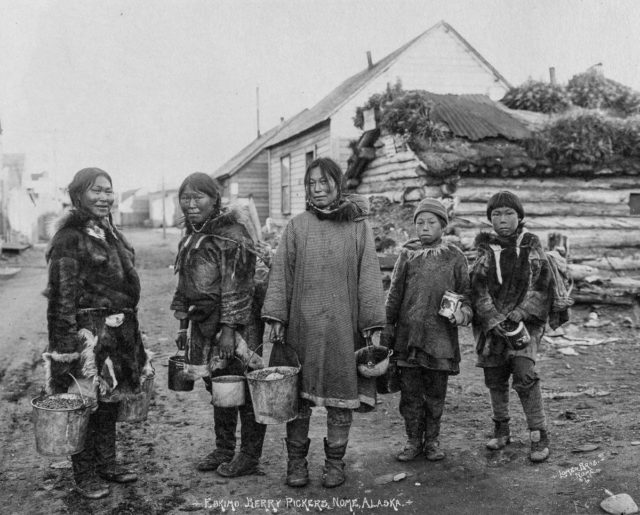
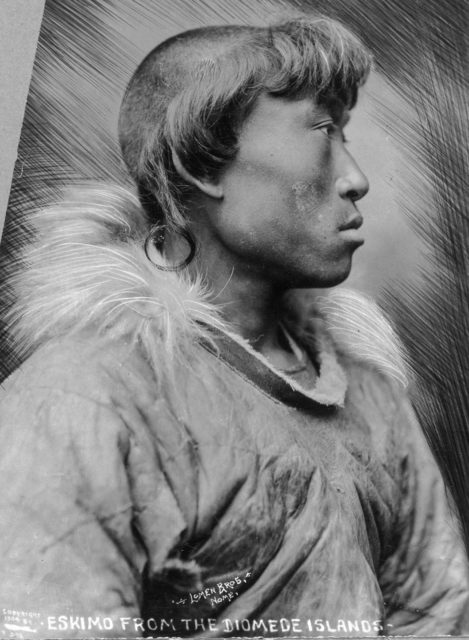
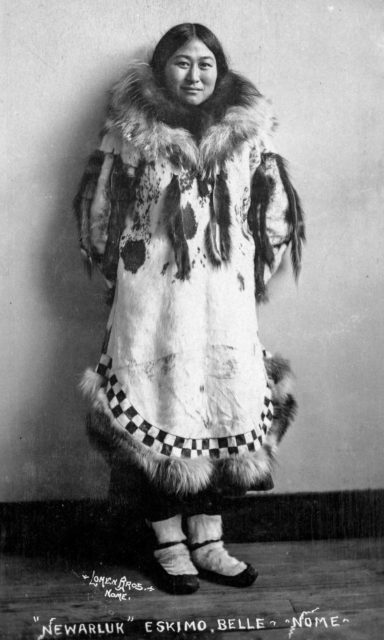
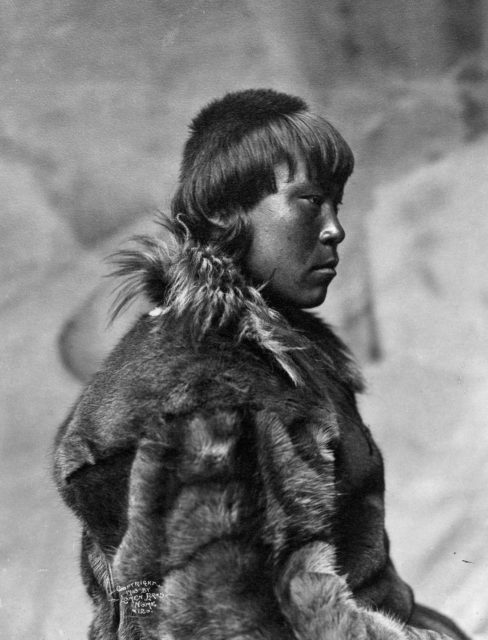
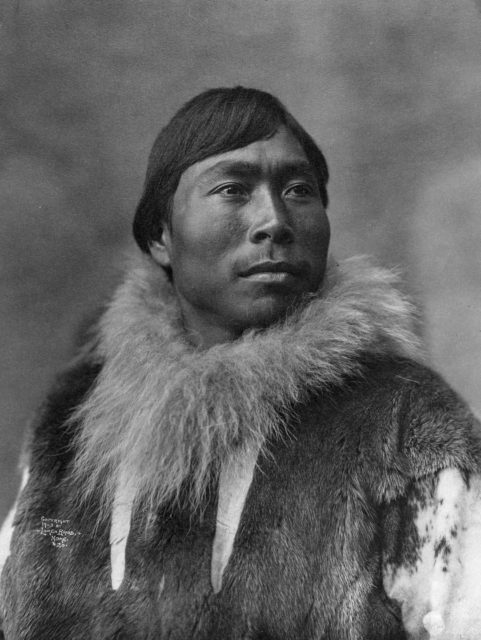
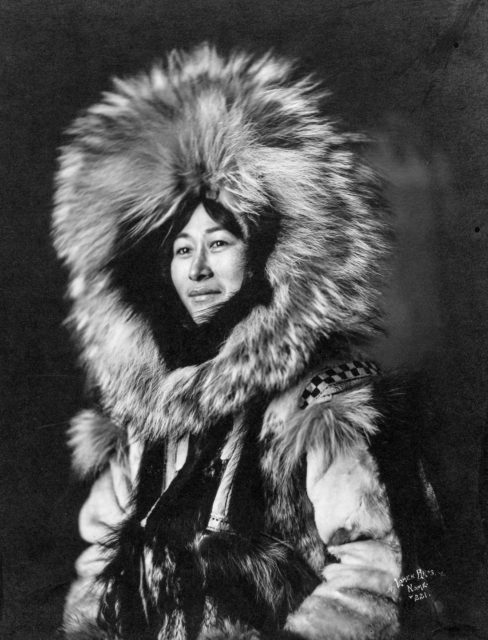
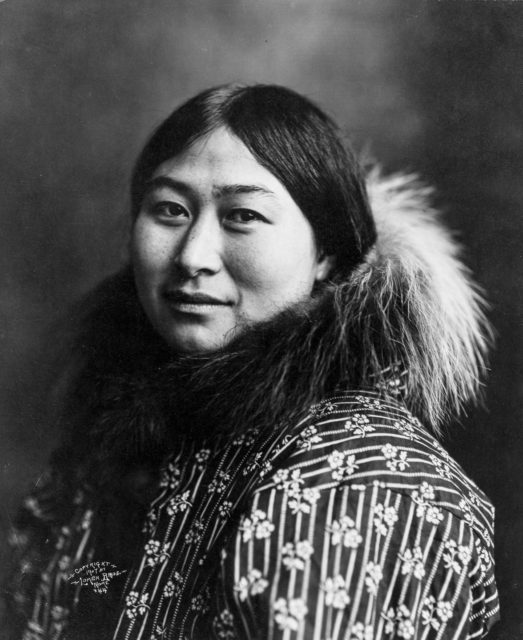
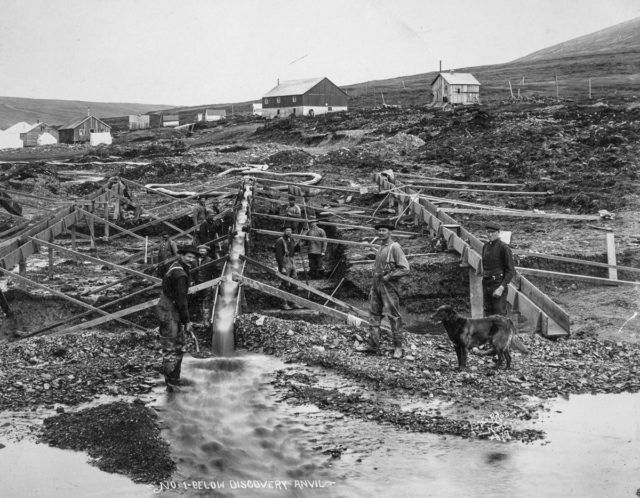
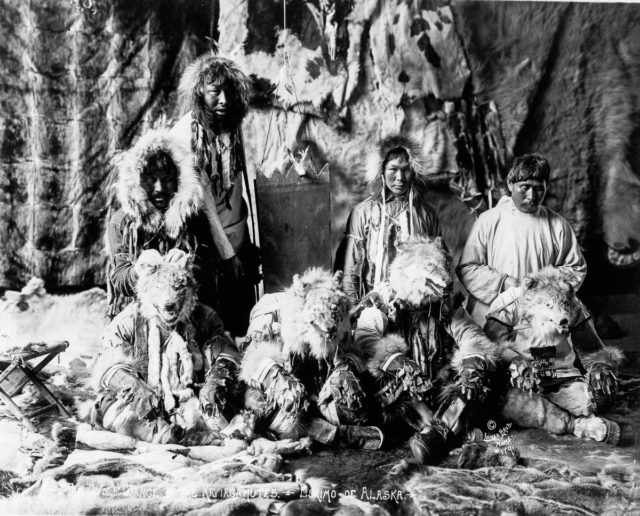
The two main peoples known as “Eskimo” are: the Inuit of Canada, Northern Alaska (sub-group “Inupiat”), and Greenland; and the Yupik of eastern Siberia and Alaska. The Yupik comprise speakers of four distinct Yupik languages: one used in the Russian Far East and the others among people of Western Alaska, Southcentral Alaska and along the Gulf of Alaska coast. A third northern group, the Aleut, is closely related to the Eskimo. They share a relatively recent common ancestor, and a language group (Eskimo-Aleut).
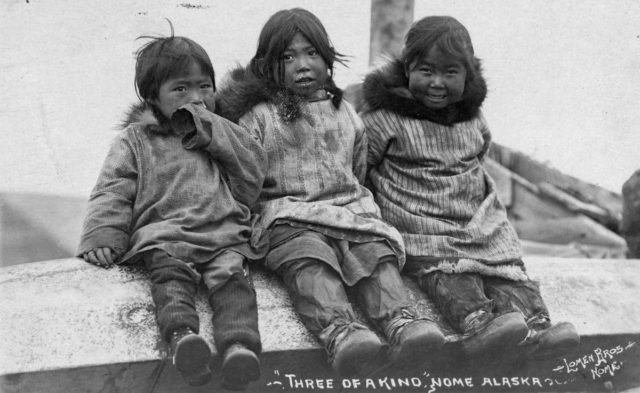
Since the late 20th century numerous indigenous people viewed the use of the term “Eskimo” as offensive, because it was used by people who discriminated against them. In its linguistic origins, the word Eskimo comes from Montagnais ‘ayas̆kimew’ meaning “a person who laces a snowshoe” and is related to ‘husky’, so does not have a direct pejorative meaning. In Canada and Greenland, the term “Eskimo” is seen as pejorative and has been widely replaced by the term “Inuit” or terms specific to a particular nation or community. The Canadian Constitution Act of 1982, sections 25 and 35 recognized the Inuit as a distinctive group of aboriginal peoples in Canada.
